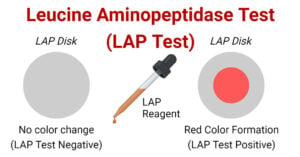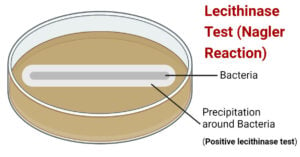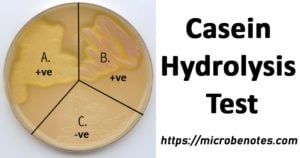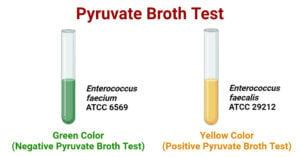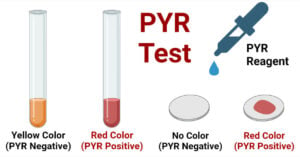LAP Test- Principle, Procedure, Results, Uses
LAP test is used for the differentiation and identification of catalase-negative Gram-positive cocci bacteria. Specifically, it is used to distinguish Streptococcus, Enterococcus, Pediococcus, and Lactococcus species from Aerococcus and Leuconostoc … Read more

